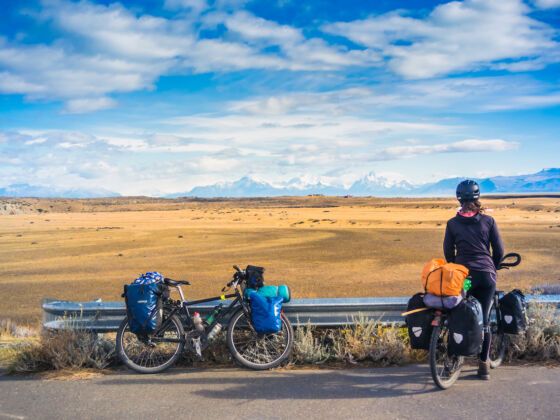Despite the relatively low profile of cycle touring, prospective tourers are faced with a healthy dose of options when gearing up.
Depending on your budget, you can go cheap or shoot for the stars. Described here is a mid-priced (well, maybe upper-mid-priced) touring rig, combining products made by U.S. and Canadian companies.
